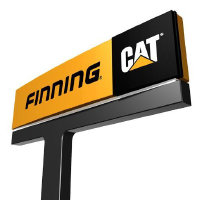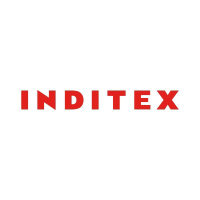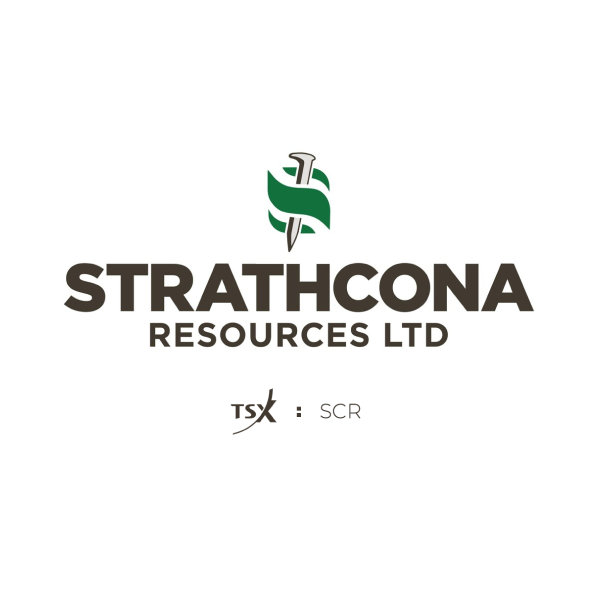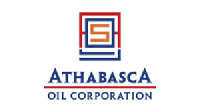
Finning International Inc
TSX:FTT


| US |

|
Johnson & Johnson
NYSE:JNJ
|
Pharmaceuticals
|
| US |

|
Berkshire Hathaway Inc
NYSE:BRK.A
|
Financial Services
|
| US |

|
Bank of America Corp
NYSE:BAC
|
Banking
|
| US |

|
Mastercard Inc
NYSE:MA
|
Technology
|
| US |

|
UnitedHealth Group Inc
NYSE:UNH
|
Health Care
|
| US |

|
Exxon Mobil Corp
NYSE:XOM
|
Energy
|
| US |

|
Pfizer Inc
NYSE:PFE
|
Pharmaceuticals
|
| US |

|
Palantir Technologies Inc
NYSE:PLTR
|
Technology
|
| US |

|
Nike Inc
NYSE:NKE
|
Textiles, Apparel & Luxury Goods
|
| US |

|
Visa Inc
NYSE:V
|
Technology
|
| CN |

|
Alibaba Group Holding Ltd
NYSE:BABA
|
Retail
|
| US |

|
JPMorgan Chase & Co
NYSE:JPM
|
Banking
|
| US |

|
Coca-Cola Co
NYSE:KO
|
Beverages
|
| US |

|
Walmart Inc
NYSE:WMT
|
Retail
|
| US |

|
Verizon Communications Inc
NYSE:VZ
|
Telecommunication
|
| US |

|
Chevron Corp
NYSE:CVX
|
Energy
|
Utilize notes to systematically review your investment decisions. By reflecting on past outcomes, you can discern effective strategies and identify those that underperformed. This continuous feedback loop enables you to adapt and refine your approach, optimizing for future success.
Each note serves as a learning point, offering insights into your decision-making processes. Over time, you'll accumulate a personalized database of knowledge, enhancing your ability to make informed decisions quickly and effectively.
With a comprehensive record of your investment history at your fingertips, you can compare current opportunities against past experiences. This not only bolsters your confidence but also ensures that each decision is grounded in a well-documented rationale.
Do you really want to delete this note?
This action cannot be undone.

| 52 Week Range |
35.68
77.85
|
| Price Target |
|
We'll email you a reminder when the closing price reaches CAD.
Choose the stock you wish to monitor with a price alert.

|
Johnson & Johnson
NYSE:JNJ
|
US |

|
Berkshire Hathaway Inc
NYSE:BRK.A
|
US |

|
Bank of America Corp
NYSE:BAC
|
US |

|
Mastercard Inc
NYSE:MA
|
US |

|
UnitedHealth Group Inc
NYSE:UNH
|
US |

|
Exxon Mobil Corp
NYSE:XOM
|
US |

|
Pfizer Inc
NYSE:PFE
|
US |

|
Palantir Technologies Inc
NYSE:PLTR
|
US |

|
Nike Inc
NYSE:NKE
|
US |

|
Visa Inc
NYSE:V
|
US |

|
Alibaba Group Holding Ltd
NYSE:BABA
|
CN |

|
JPMorgan Chase & Co
NYSE:JPM
|
US |

|
Coca-Cola Co
NYSE:KO
|
US |

|
Walmart Inc
NYSE:WMT
|
US |

|
Verizon Communications Inc
NYSE:VZ
|
US |

|
Chevron Corp
NYSE:CVX
|
US |
This alert will be permanently deleted.
Finning International Inc
In the vast realm of heavy equipment, Finning International Inc. emerges as a stalwart, renowned for steering the machinery landscape primarily through its extensive dealership of Caterpillar (CAT) products. Founded in 1933, this Canadian enterprise has grown into the world's largest Caterpillar equipment dealer. Positioned strategically in robust markets across Canada, South America, and the UK, Finning thrives by providing machinery essential for industries ranging from mining and construction to forestry and energy. The heart of their business lies in not just selling equipment, but also in fortifying customer operations through a comprehensive mix of services, including maintenance, repairs, and equipment rentals. This service-centric approach enhances customer loyalty and strengthens recurring revenue streams, meaning every bulldozer or loader purchase often paves the way for sustained service relationships.
Finning's prowess in adapting to the evolving needs of its clients lies in leveraging the Caterpillar brand’s reputation for durability and innovation. As the company navigates dynamic economic landscapes, it has honed its focus on digital transformation and sustainability. By integrating advanced data analytics, Finning aids its customers in optimizing machinery usage and reducing operational costs. The rise of autonomous machinery and eco-friendly solutions also propels the company to the forefront of the industry, helping clients increase efficiency while meeting regulatory demands for sustainable practices. Through these strategies, Finning not only sells iron but also delivers value-added insights, ensuring its dominant presence in the marketplace is paralleled by strong financial performance.

In the vast realm of heavy equipment, Finning International Inc. emerges as a stalwart, renowned for steering the machinery landscape primarily through its extensive dealership of Caterpillar (CAT) products. Founded in 1933, this Canadian enterprise has grown into the world's largest Caterpillar equipment dealer. Positioned strategically in robust markets across Canada, South America, and the UK, Finning thrives by providing machinery essential for industries ranging from mining and construction to forestry and energy. The heart of their business lies in not just selling equipment, but also in fortifying customer operations through a comprehensive mix of services, including maintenance, repairs, and equipment rentals. This service-centric approach enhances customer loyalty and strengthens recurring revenue streams, meaning every bulldozer or loader purchase often paves the way for sustained service relationships.
Finning's prowess in adapting to the evolving needs of its clients lies in leveraging the Caterpillar brand’s reputation for durability and innovation. As the company navigates dynamic economic landscapes, it has honed its focus on digital transformation and sustainability. By integrating advanced data analytics, Finning aids its customers in optimizing machinery usage and reducing operational costs. The rise of autonomous machinery and eco-friendly solutions also propels the company to the forefront of the industry, helping clients increase efficiency while meeting regulatory demands for sustainable practices. Through these strategies, Finning not only sells iron but also delivers value-added insights, ensuring its dominant presence in the marketplace is paralleled by strong financial performance.
Revenue Growth: Q3 revenue was $2.8 billion, up 14% from Q3 2024, with strong increases across all regions and business lines.
Profitability: EBIT grew 25% year-over-year to $240 million, and EPS rose 33% to $1.17, driven by higher earnings and share repurchases.
Product Support: Product support revenue continued its steady growth, up 9% in the quarter and 7% on a trailing 12-month basis, with strength in mining.
Backlog Strength: Equipment backlog remains robust at $2.9 billion, up 26% year-over-year, supporting future activity and product support opportunities.
Power Systems Momentum: Power Systems trailing 12-month revenue rose 5%, with backlog up 23% to nearly $1 billion, driven by demand for oil & gas, data centers, and power generation.
Cost Discipline: SG&A margin improved to 13.4%, down 290 bps, with management highlighting sustainable cost efficiency and potential for further improvement.
Regional Trends: Mining activity is strong in Canada and South America; construction demand is improving in Canada and stable in Chile, but remains soft in the UK/Ireland.
Positive Outlook: Management highlighted confidence in medium- and long-term growth across key sectors, supported by order backlog and investment in capacity.





































